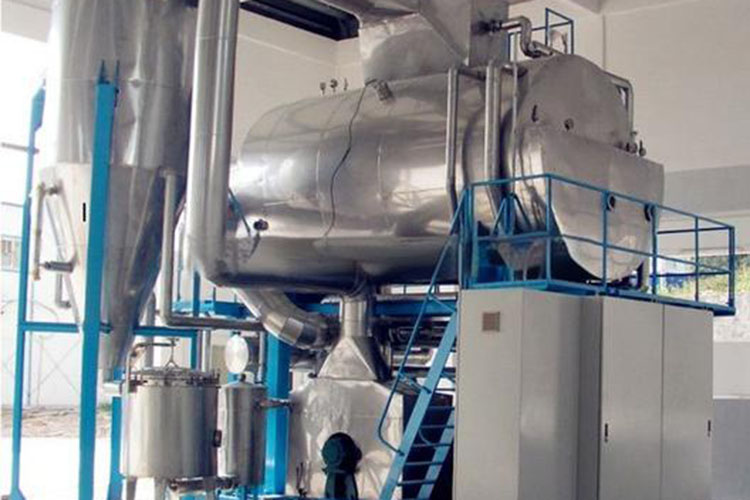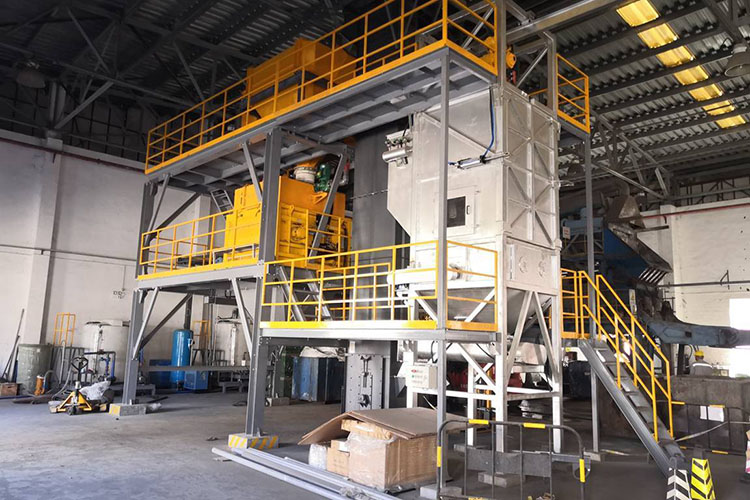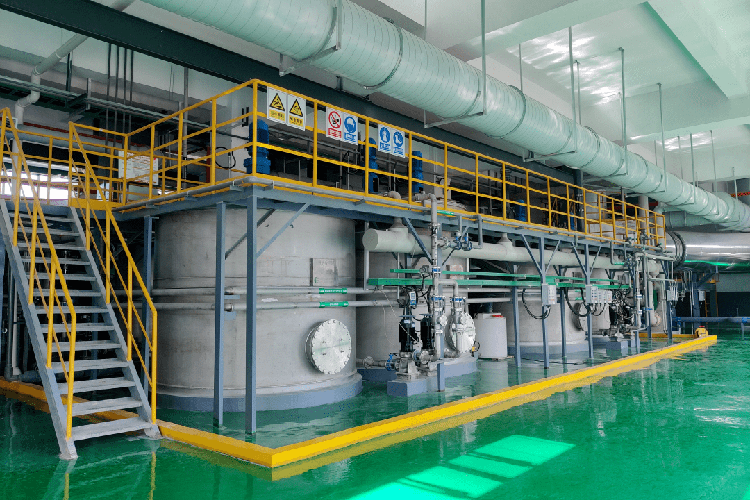Fly ash solidification treatment equipment plays a crucial role in modern industry. These devices are not only used to process fly ash generated by power plants and boilers, but also important tools for ensuring environmental protection and resource recovery. Fly ash, which is solid waste generated during coal combustion, needs to be safely treated and disposed of due to its presence of heavy metals and other harmful substances.
In traditional industrial production processes, fly ash is often regarded as waste and requires effective treatment to reduce its negative impact on the environment. The emergence of fly ash solidification treatment equipment has changed this situation, enabling fly ash to be solidified into sturdy solid blocks, thereby facilitating its subsequent safe disposal or resource recycling.

These devices typically consist of several key components, each of which plays an important role. Firstly, the conveying system is responsible for transporting the generated fly ash from the power plant or boiler system to the inlet of the processing equipment. Fly ash usually exists in the form of powder or particles, so the conveying system must be able to effectively transport it from the production site to the processing equipment to ensure smooth subsequent processing.
Before entering the processing equipment, fly ash often needs to be mixed with a curing agent. The selection of curing agent usually depends on the characteristics of fly ash and the requirements of final treatment. Common curing agents include cement and fly ash, which can react chemically with fly ash to promote the curing process and form a strong solid block after solidification, reducing its potential impact on the environment.

The solidification equipment is the core part of the fly ash solidification treatment equipment, which includes solidification tanks or other forms of solidification devices. In these devices, the mixture is placed under specific conditions, such as appropriate temperature and pressure, to ensure that the curing agent can fully react and solidify the fly ash into a sturdy solid block. These solid blocks usually have high strength and stability, which can effectively sequester harmful substances in fly ash and prevent their release and diffusion in the environment.
The dust removal system is another important component, especially in the solidification process of fly ash, which often generates dust and exhaust gas. These systems remove solid particles and harmful gases from exhaust gases through various physical and chemical methods such as filtration and washing, ensuring that the treatment process does not cause secondary pollution to the environment. Modern fly ash solidification treatment equipment is usually equipped with advanced dust removal technology to meet strict environmental emission standards.
The control system plays a crucial role in the entire processing process. These systems typically consist of automated control systems and real-time monitoring equipment, capable of monitoring and adjusting the operating parameters of processing equipment, ensuring stable and efficient processing processes, and complying with set processing requirements and environmental regulations. Through real-time monitoring, operators can adjust the operating status of the equipment in a timely manner to respond to emergencies or optimize processing efficiency, ensuring the smooth progress of the entire processing process.

The selection and design of fly ash solidification treatment equipment are usually determined based on specific industrial application requirements. Industrial facilities of different types and scales may require processing equipment of different configurations and sizes to meet their specific processing capacity and quality requirements. Therefore, customized design will be carried out according to the customer's needs to ensure that the processing equipment can maximize its benefits and achieve the best performance in terms of safety and environmental protection.
In summary, the fly ash solidification treatment equipment not only achieves effective resource utilization and recycling by converting waste fly ash into solid blocks, but also effectively reduces its potential harm to the environment. With the increasingly strict environmental regulations and the urgent need for sustainable development, the importance and application prospects of these devices in modern industry will be further expanded and strengthened. Through continuous technological innovation and equipment optimization, fly ash solidification treatment equipment will continue to play its key role in the industrial and environmental protection fields.
Yongle Environmental Protection is mainly engaged in the research and development, production and sales of complete sets of technical equipment for organic solid waste disposal and comprehensive utilization. Production and manufacturing, domestic waste treatment equipment, tire pyrolysis equipment, medical waste disposal equipment, hazardous waste disposal equipment, and achieve efficient and comprehensive utilization of resources through independently developed low-temperature anaerobic pyrolysis equipment technology solutions.
Tags:Detailed introduction of fly ash solidification treatment equipment,Fly ash solidification treatment equipment,YONGLE GROUP
 Latest news
Latest news


























